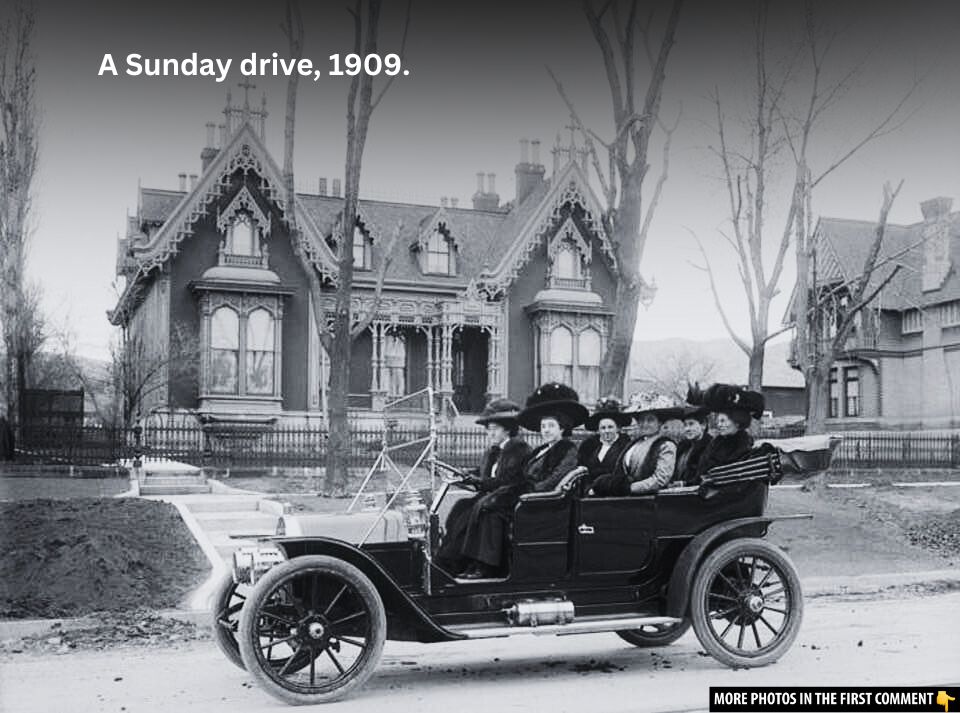The history of car design is filled with bold ideas and daring experiments, especially during the early to mid-20th century. From outlandish concepts to groundbreaking innovations, these eccentric vehicles pushed the boundaries of what was possible on four wheels. In an era when technology was advancing rapidly and imagination had no limits, car designers created machines that were as much about art as they were about transportation. Let’s take a closer look at the most unique and weird-looking cars that captivated the world and left a lasting legacy.
The Birth of Eccentric Car Designs
At the turn of the century, the world was only beginning to grasp the full potential of the automobile. The first cars were largely influenced by horse-drawn carriage designs, but as technology advanced, the desire to break free from traditional forms grew. Early automotive pioneers like Karl Benz and Gottlieb Daimler opened the door for experimentation with new technologies and vehicle configurations.
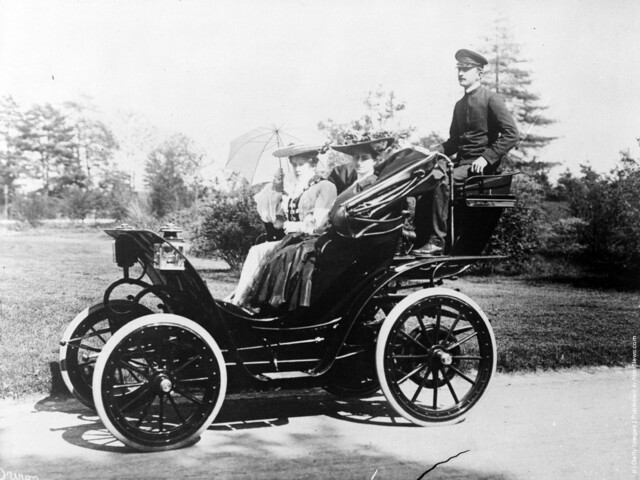
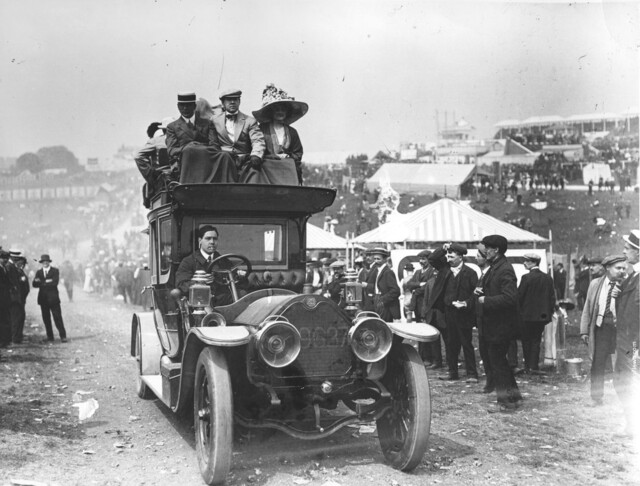
As the automobile industry gained momentum, inventors began to explore how cars could adapt to different terrains and purposes. Cars became a way to tackle problems like rough roads, long distances, and even the concept of a flying car. The ideas that sprouted in the minds of visionary designers would lay the groundwork for the wild designs that would follow in the decades ahead.
Video
Watch this video to discover the top 10 strangest cars ever made!
The Futuristic Designs of the 1920s and 1930s
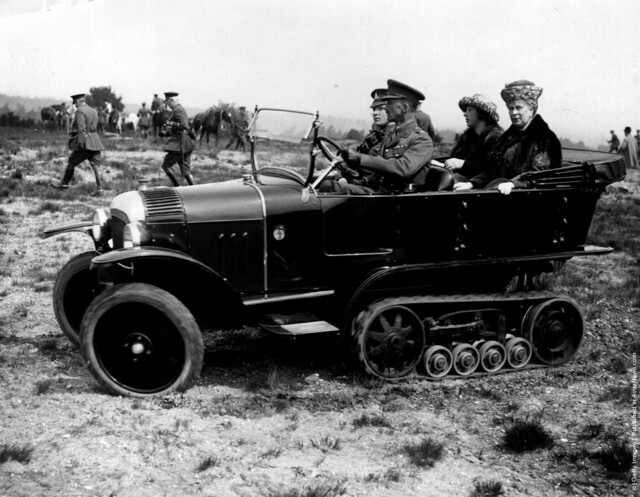
In the 1920s and 1930s, the pace of automotive innovation accelerated. This was a time when cars began to look less like horseless carriages and more like the machines of the future. Many vehicles were designed to handle multiple terrains, with some even blurring the lines between land and air travel. These early amphibious vehicles were a testament to the ambition of designers, who dreamed of a world where cars could glide over land, water, and even air.
One of the most famous examples from this period was the 1936 Stout Scarab, which was dubbed “the first minivan.” With its sleek, streamlined shape, it resembled a car straight out of a science fiction novel. It was designed for luxury and practicality, featuring a spacious interior that could carry a small family. But it was far from ordinary; it had rear-wheel drive and a futuristic look that turned heads wherever it went.
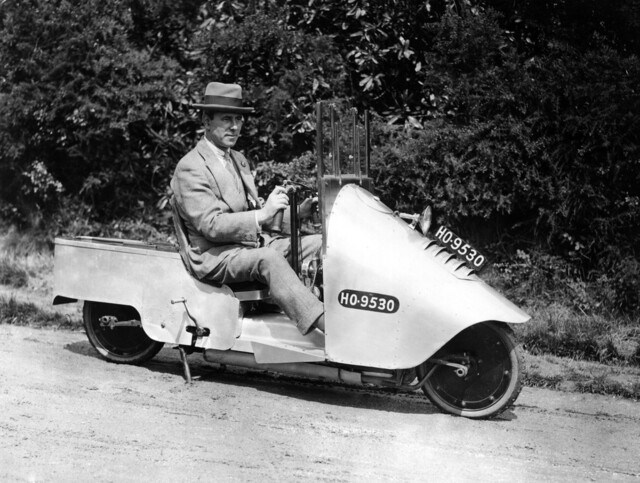
Another example was the 1929 Waterman Amphibious Car, which was built to traverse both land and water. With its large wheels and floating hull, it could seamlessly transition from driving on the road to cruising along the surface of rivers and lakes. It may have been ahead of its time, but it also highlighted the era’s fascination with versatility and innovation.
The 1940s: The Age of Concept Cars
The end of World War II marked a new era for automotive design, as the focus shifted from wartime utility to consumer luxury and creative expression. The 1940s saw a boom in concept cars, as automakers showcased their visions for the future. Many of these designs were radical departures from anything seen before, featuring cutting-edge features like transparent roofs, bubble domes, and jet-like profiles.
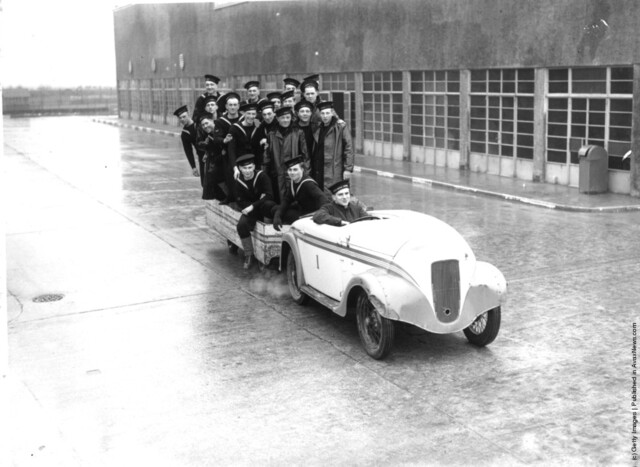
One of the most famous concept cars of the 1940s was the 1948 Tucker Torpedo. Designed by Preston Tucker, the Torpedo was a sleek, futuristic sedan that featured innovative safety features, including a center-mounted headlight that could turn with the steering wheel. Although the car never entered full production, it became a symbol of innovation and a glimpse into the future of automotive design.
Additionally, cars like the 1946 Buick Y-Job were designed with futuristic, aerodynamic bodies that looked more like spaceships than vehicles for daily use. These concept cars highlighted the desire for bold ideas and pushed the limits of what could be achieved with car design.

The 1950s: The Golden Era of Eccentric Automotive Concepts
The 1950s marked the peak of eccentricity in automotive design. This was a time when tailfins, bubble windows, and extravagant chrome details dominated the car scene. Automakers embraced flamboyant, high-tech aesthetics, creating vehicles that were as much about style as they were about performance. Many of these cars were the products of post-war optimism, as the world looked toward a future filled with innovation and possibilities.
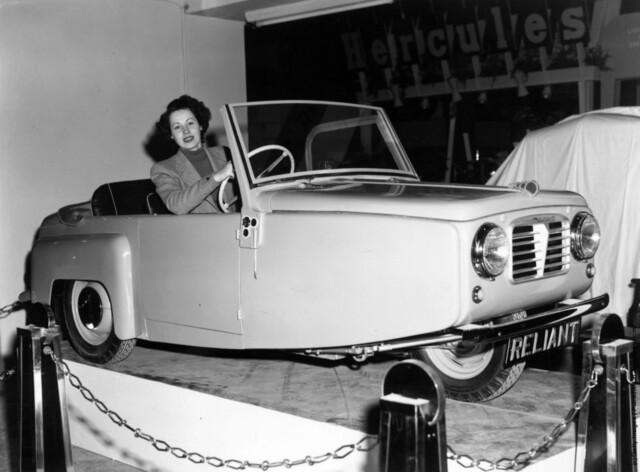
The 1950s saw the introduction of the Chevrolet Corvette, which embodied the era’s obsession with speed and sleek design. With its long, flowing lines and powerful engine, the Corvette was a symbol of American automotive engineering and the desire to push the boundaries of performance.
Other cars, such as the 1955 Chrysler Ghia, incorporated futuristic elements like retractable roofs and sleek body contours that made them look like they were straight out of a science fiction novel. These cars were not just about utility; they were about making a statement.
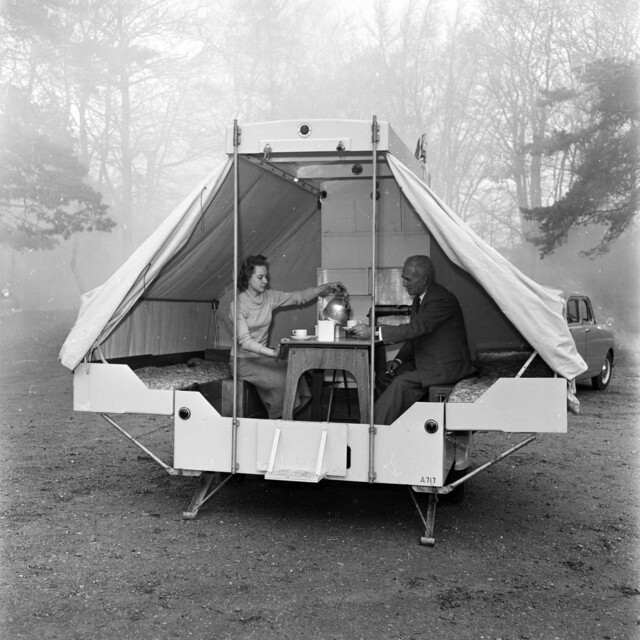
The 1960s: The Boundary-Pushing Era
As we moved into the 1960s, car design began to shift towards more practical yet still innovative solutions. While the extravagant designs of the 1950s began to fade, the 1960s saw a new era of boundary-pushing ideas, particularly with the rise of electric vehicles and self-driving concepts. Though many of these ideas were still in their infancy, they laid the groundwork for the cars of tomorrow.
The 1960s also brought about a greater focus on car performance, with companies like Ford and Ferrari creating high-performance sports cars that would become icons of the automotive world. The Ford Mustang, for example, was introduced in 1964, offering a sleek design combined with powerful engines. Though more practical than the futuristic concept cars of the previous decades, the Mustang’s design still reflected the spirit of innovation.
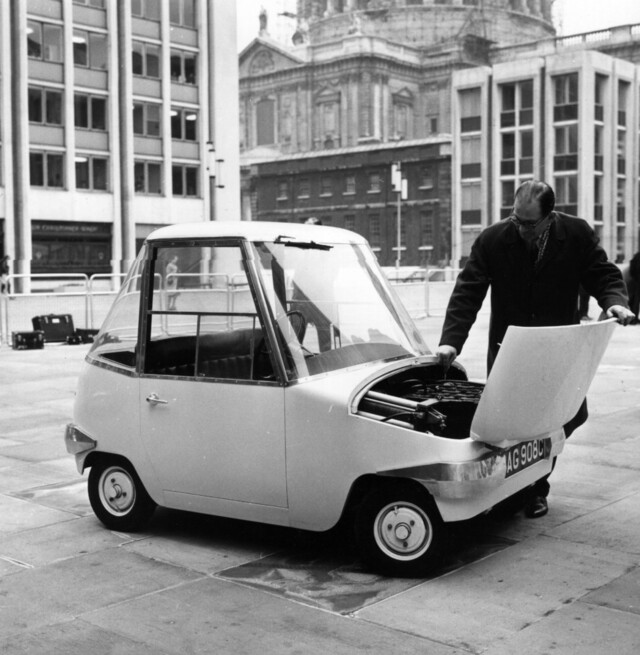
The End of the Eccentric Era?
The 1970s saw the decline of these eccentric designs, as the automotive industry moved toward more standardized and practical vehicles. Rising oil prices and environmental concerns led automakers to focus on fuel efficiency and emissions, pushing the flamboyant cars of the past into obscurity.
However, the influence of these unique vehicles can still be seen today, as many modern cars incorporate design elements from the 1950s and 1960s. Cars like the Chevrolet Camaro and the Dodge Challenger take inspiration from the classic muscle cars of the past, proving that the love for eccentric design never truly fades.
Conclusion: Legacy of Innovation
The era of weird and unique cars may have passed, but the legacy of these eccentric vehicles continues to inspire car designers today. Whether it’s the futuristic aerodynamics of the 1950s or the practical innovations of the 1960s, the bold ideas from the past have shaped the cars we drive today. These vehicles stand as a testament to a time when car design was as much about imagination and creativity as it was about function.
As we look back on these eccentric creations, we can appreciate the risk-taking spirit and innovation that defined an era of automotive history. These cars may have been quirky and unusual, but they were also groundbreaking, and their influence is still felt in the world of automotive design.
Gallery: A Visual Journey Through Eccentric Car Designs
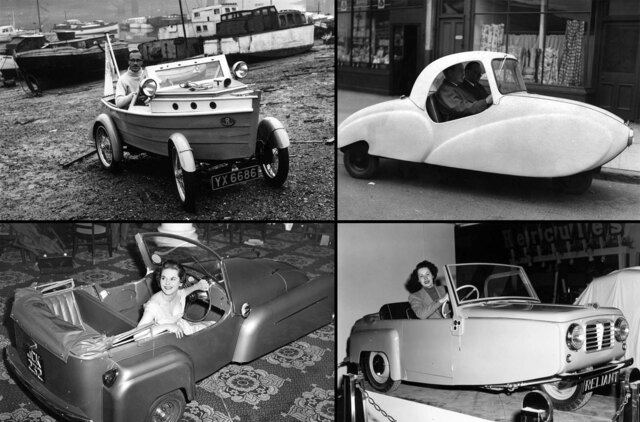
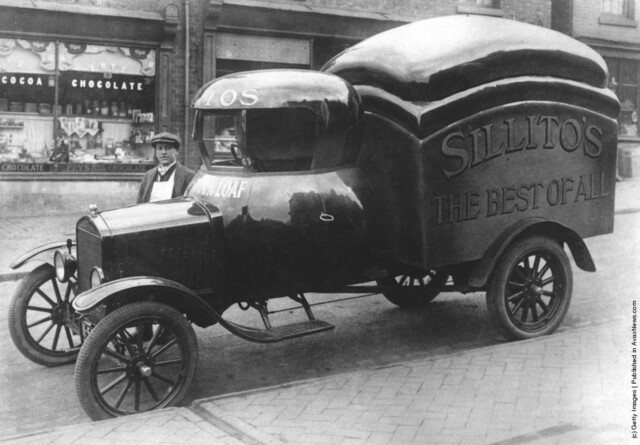
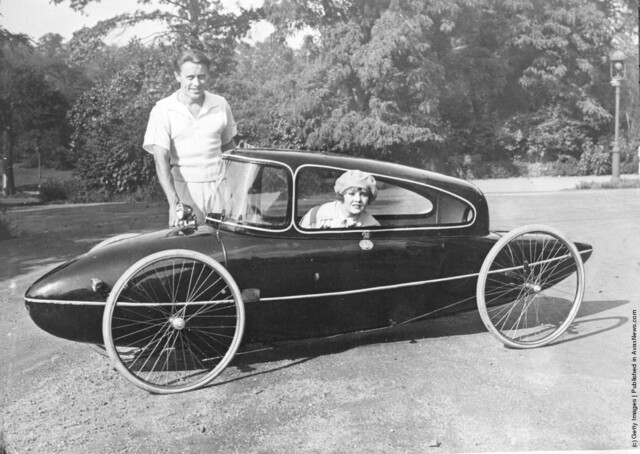
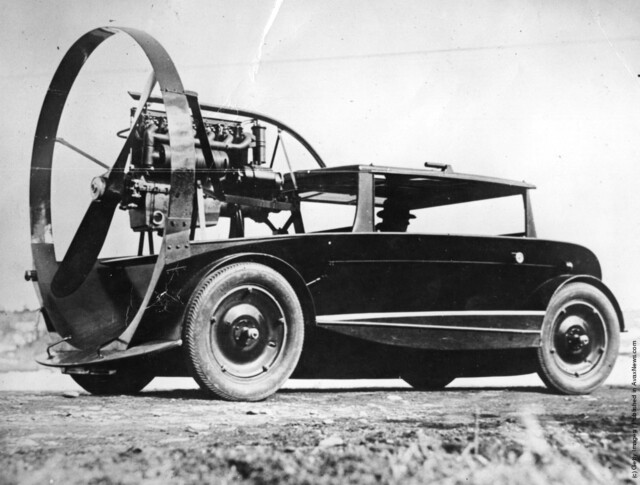
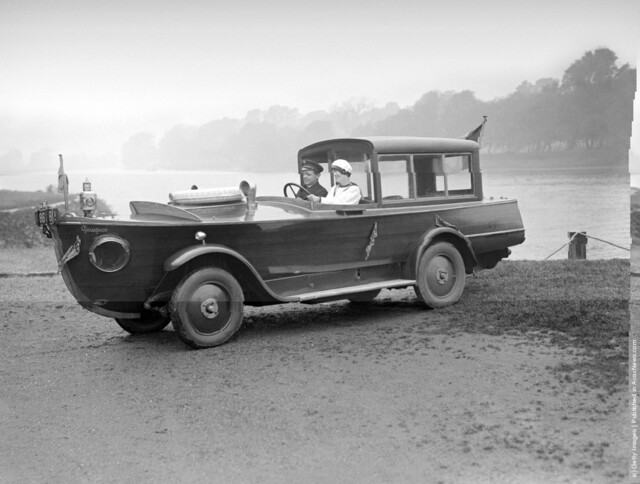
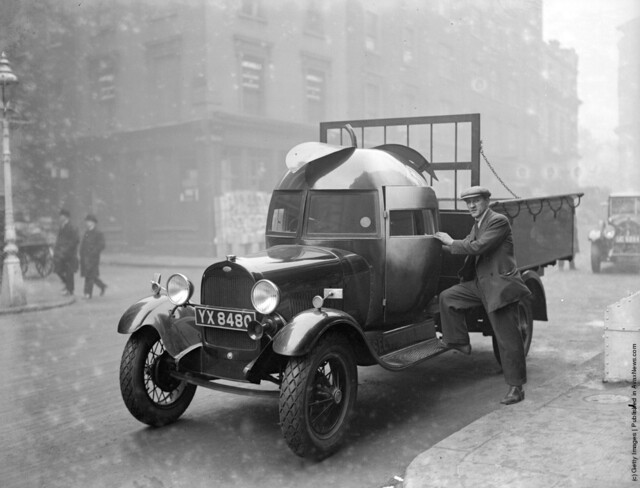
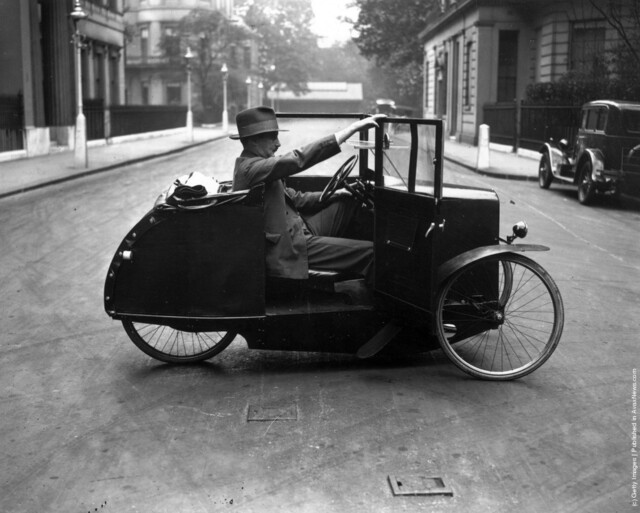
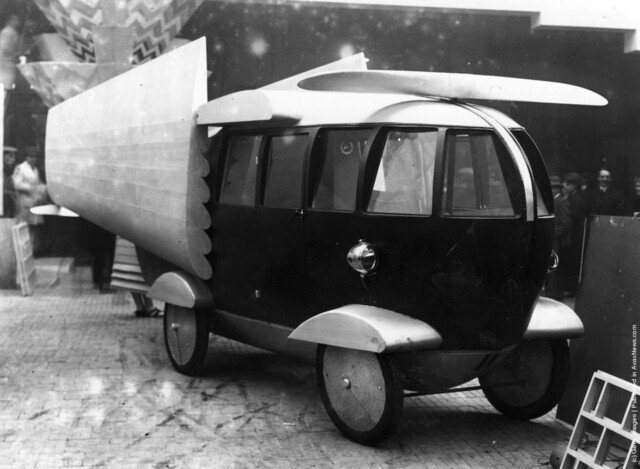
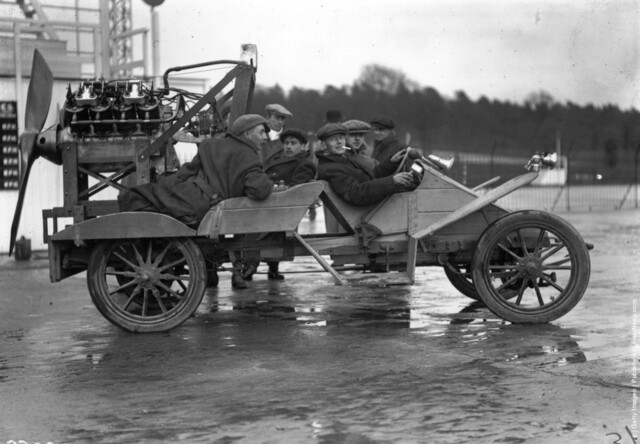
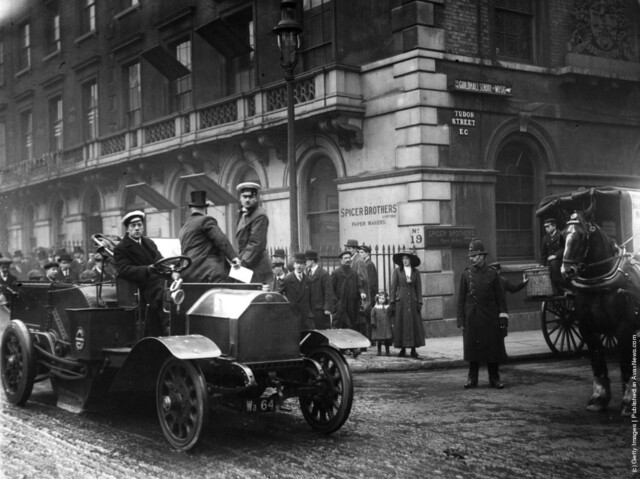
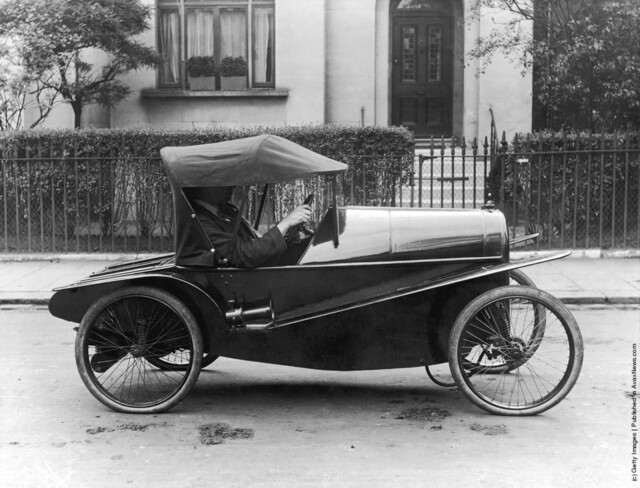
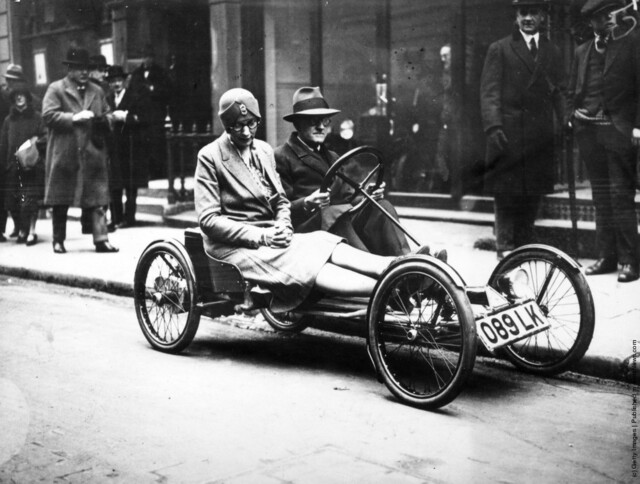
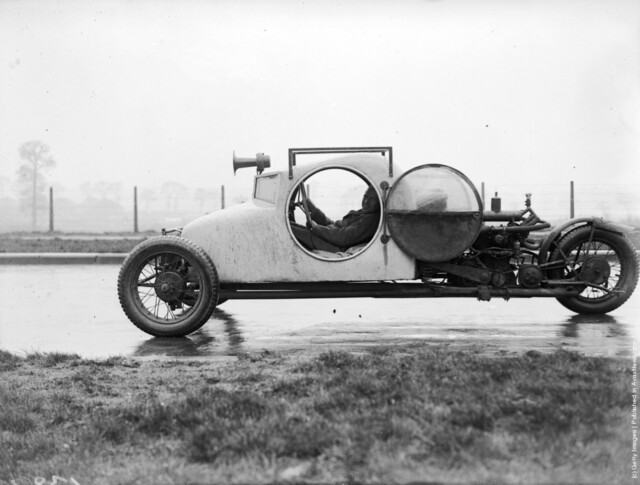
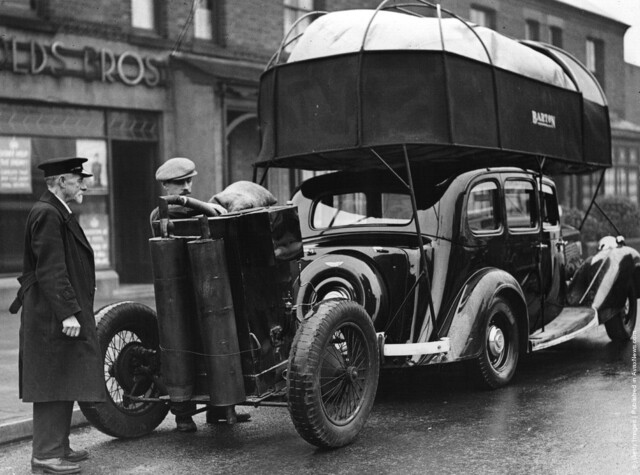
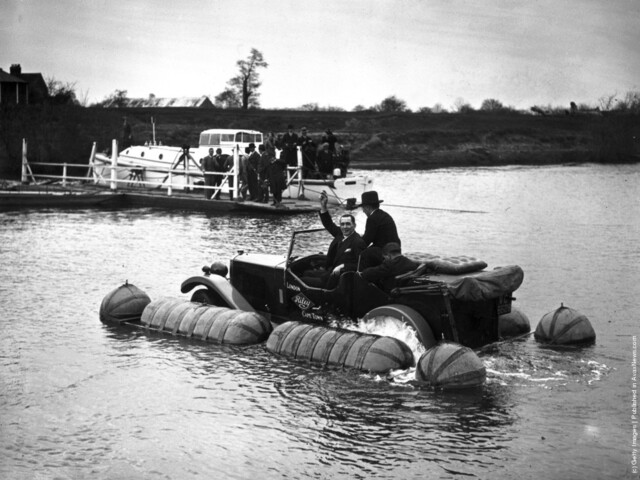
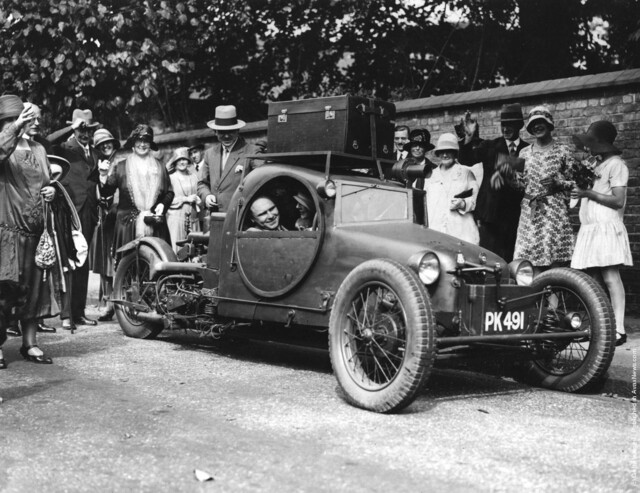
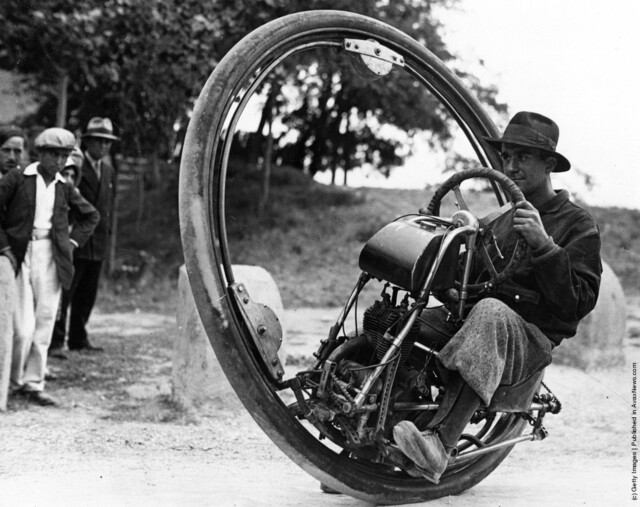


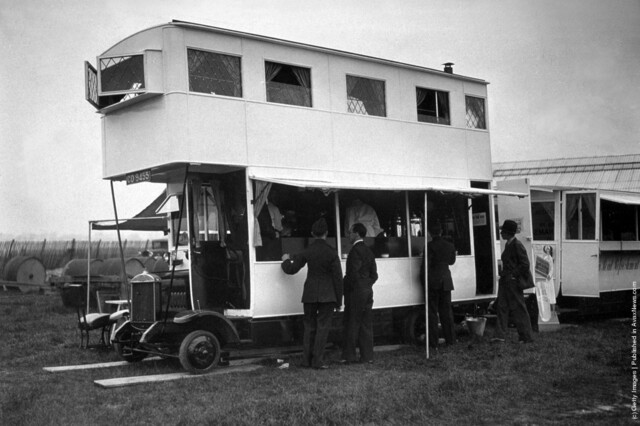
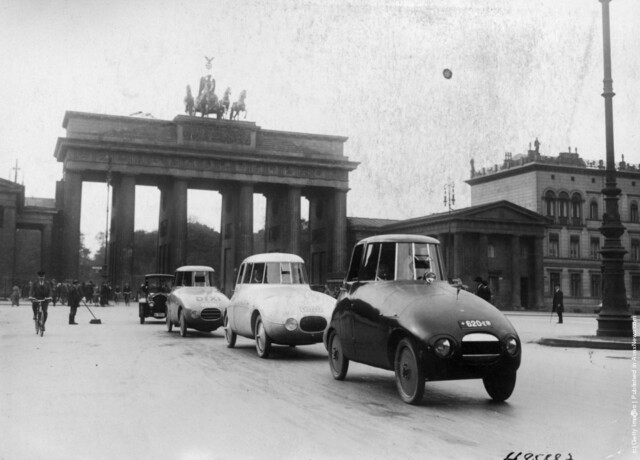
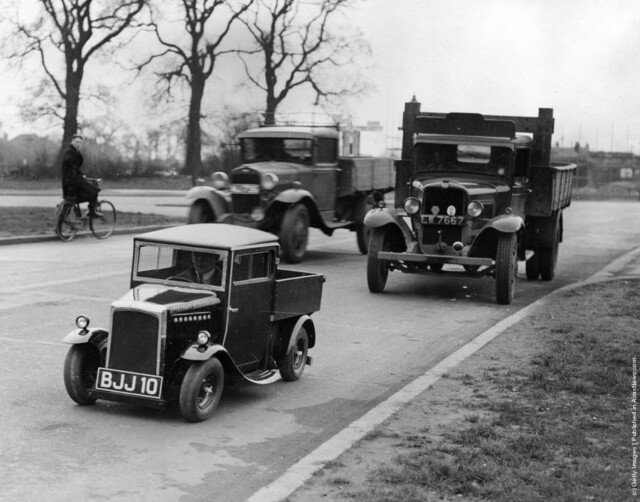
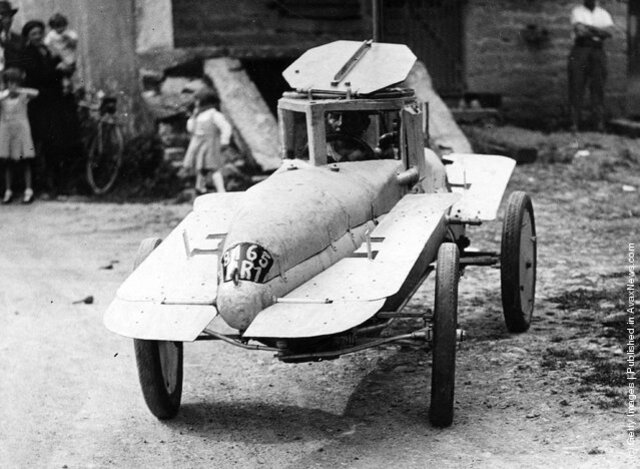
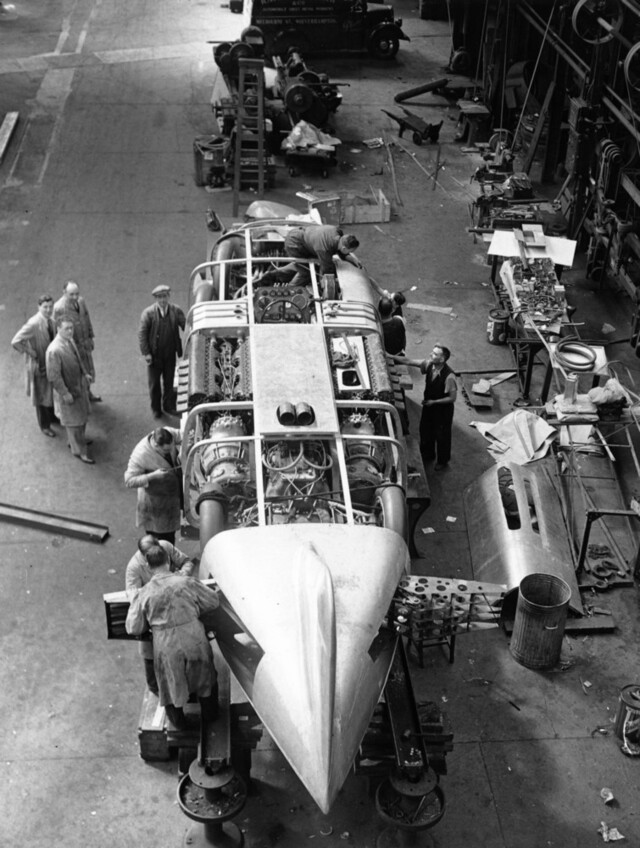
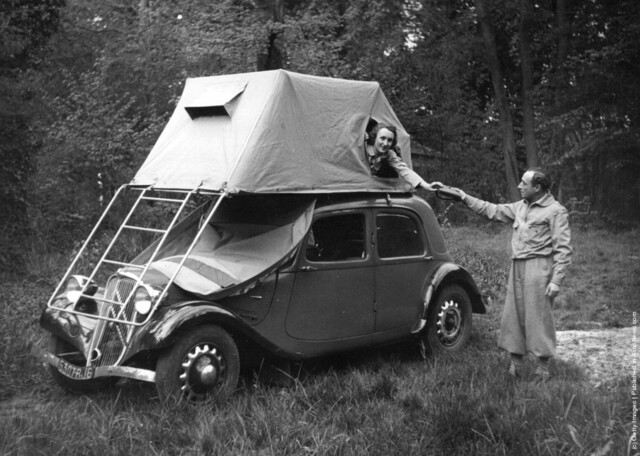
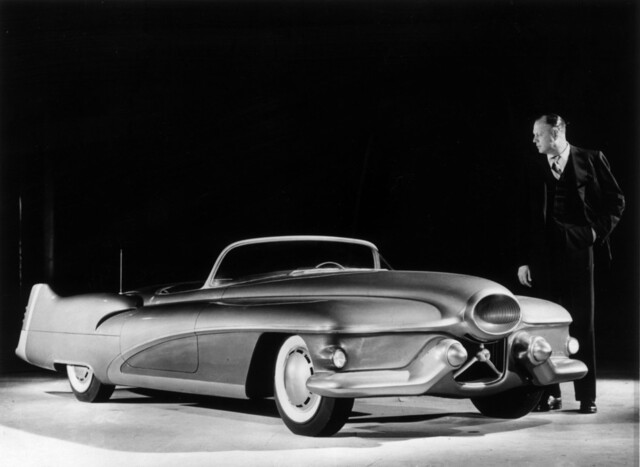
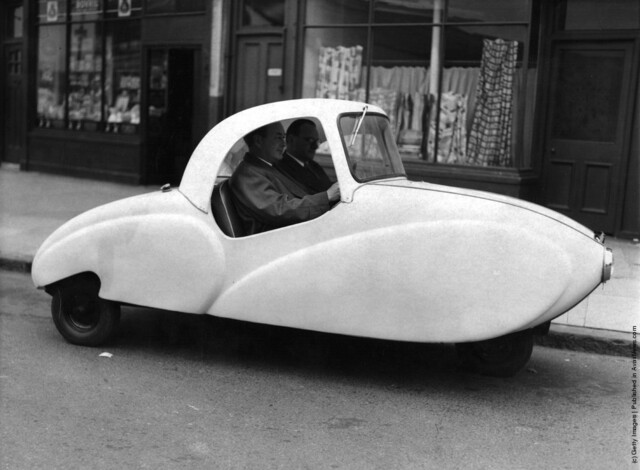
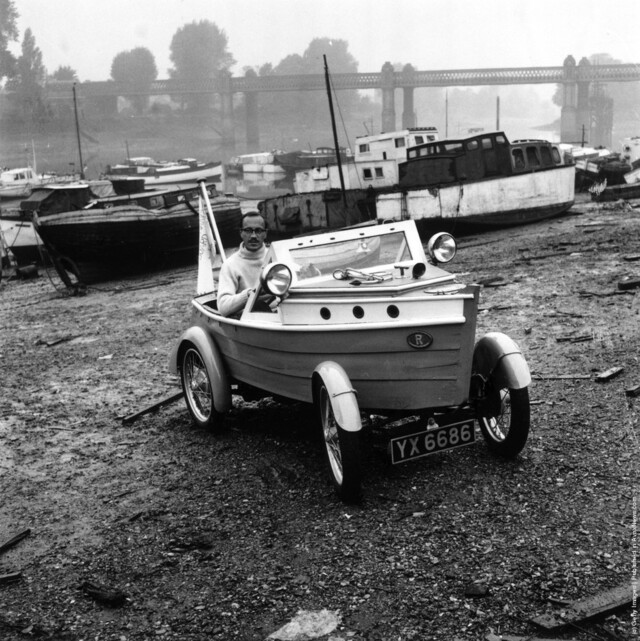
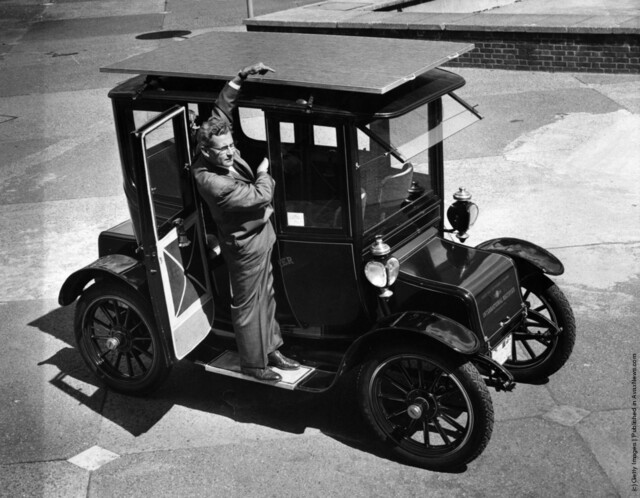
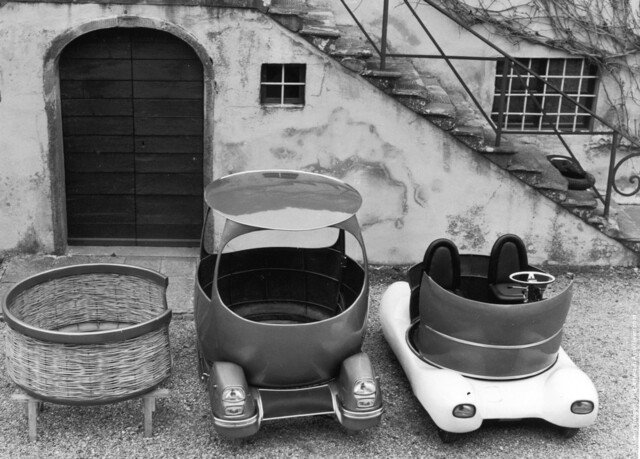
Video
Watch this video to see the truly insane Lo Res Car and hear about the experience of driving it!
